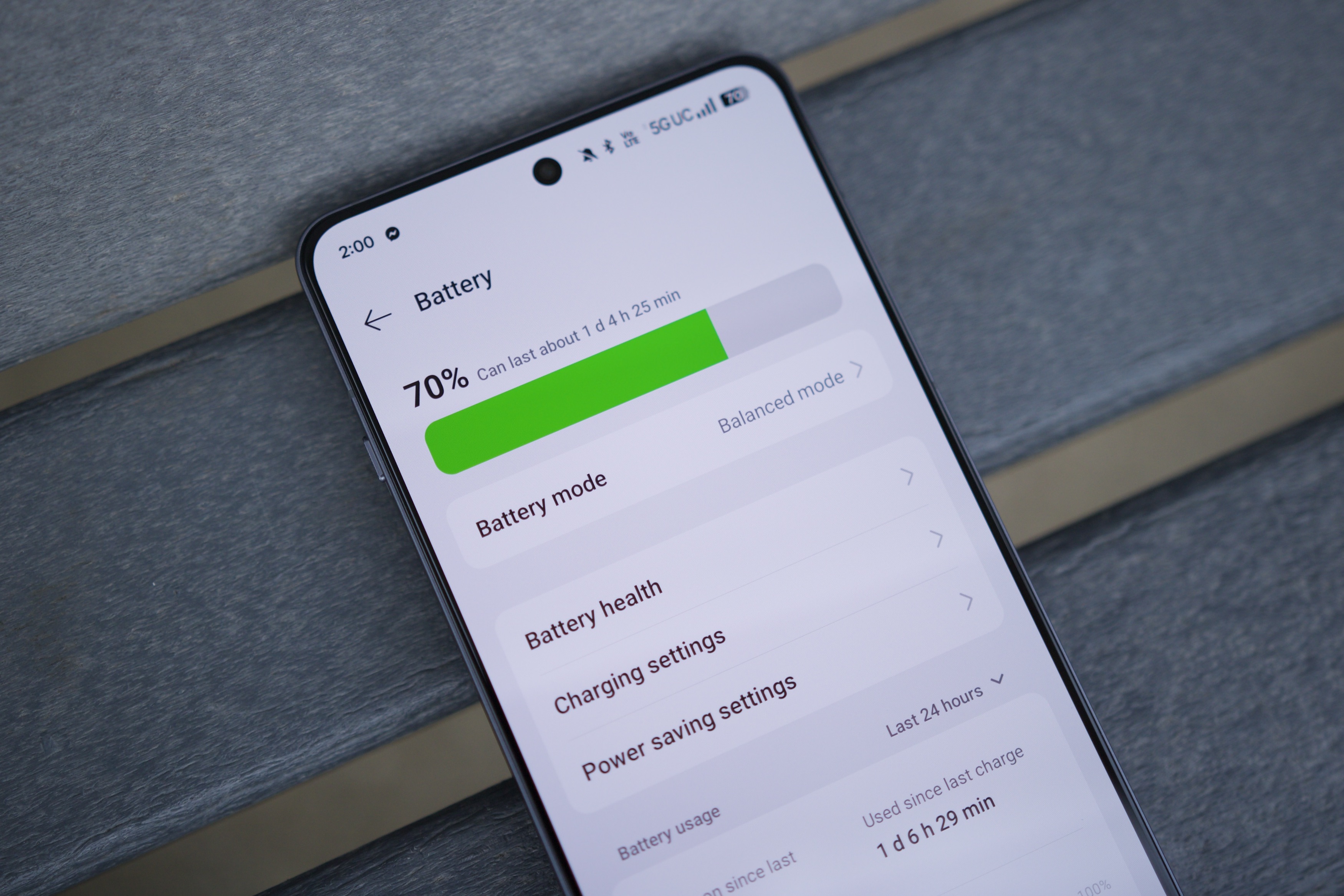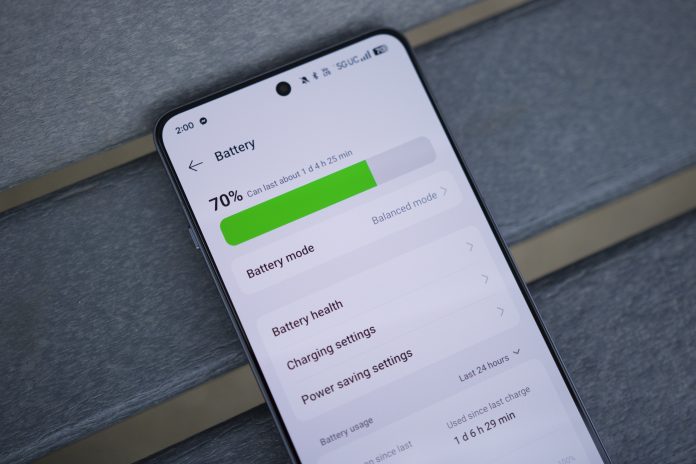The OnePlus 13 and OnePlus 13R are the company’s latest entries in the western market, with the OnePlus 13 designed to serve as a sort of flagship and the 13R to take the role of a midrange, entry-level phone. The OnePlus 13 starts at $900, while the 13R retails for $600 for its 12GB RAM/256GB storage configuration.
Considering the price of other flagships, the OnePlus 13 is more wallet-friendly than most. But does that come with a tradeoff, and will the phone be worth considering in two or three years? The simple answer is yes, although there are several factors you should be aware of.
How many software updates does the OnePlus 13 get?
The OnePlus 13 will receive four years of major software updates and six years of security updates. This means the OnePlus 13 will reach the end of its lifespan on Android 19, although it will still be a viable phone for a couple of years after, thanks to the security updates.
That might not sound like much, but few companies offer such long-term support. Even the Samsung Galaxy S24 is limited to seven years of updates across both OS and security patches. The first reason is to encourage you to purchase a new phone; after all, who do you know who is still using a model from seven years ago?
The second reason is that maintaining long-term support for older operating systems demands resources that could be better spent on developing newer, better-performing OS versions.
How many software updates does the OnePlus 13R get?
The OnePlus 13R will get the same amount of updates as its flagship cousin, with four years of Android updates and six years of security updates. Like the OnePlus 13, this means the 13R will end functional support on Android 19.
The Samsung Galaxy S24 FE, the closest equivalent to the OnePlus 13R, will also receive seven years of updates. That’s actually longer than the S23 FE, which only received four OS updates and five years of security patches.

Why security updates matter
Mobile device updates tend to fall into one of two camps. The first are numbered OS updates — iOS 18, Android 15, etc. These updates usually introduce new and exciting features to the device and are what many announcements are focused around.
Security updates are the second type. These tend to introduce patches for bugs and security vulnerabilities, allowing you to continue using your phone for a longer period of time. More security flaws are discovered as operating systems age. Think of security updates like shoring up an old mineshaft: It doesn’t completely eliminate the danger, but it makes it far less likely.
Once a phone no longer receives security updates, that specific device becomes an easier target for bad actors, malware, and other threats.

